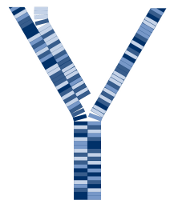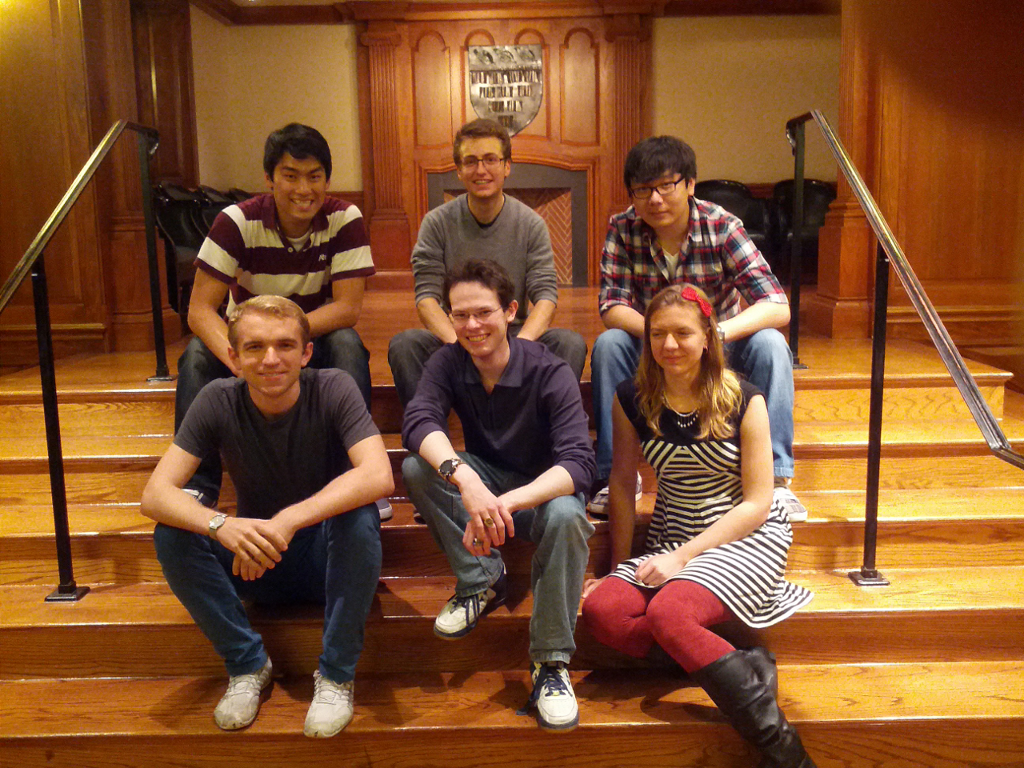Team:Yale
From 2012.igem.org
(Difference between revisions)
(→Projects) |
|||
| (4 intermediate revisions not shown) | |||
| Line 14: | Line 14: | ||
{|align="justify" | {|align="justify" | ||
| - | | | + | |The Yale iGEM team is currently pursuing '''MAGE in a naturally competent organism.''' Multiplex Automated Genome Engineering (MAGE), a technique for rapidly generating genomic diversity using the recombination ability of the λ-phage ssDNA-binding protein β, has to date been introduced only in E. coli. These cells must be transformed via electroporation for each MAGE cycle to facilitate efficient uptake of mutagenic oligonucleotides, but this process kills a significant portion of otherwise viable cells. We aim to introduce MAGE in naturally competent bacteria such as ''B. subtilis'' and ''A. baylyi'' by testing homologs of β and uniquely optimizing the technique within each species to avoid the death/recovery time inherent with electroporation. In addition, we have developed models to predict the diversity produced by MAGE and off-target mutations. |
|[[File:Yale_logo.png|200px|right|frame]] | |[[File:Yale_logo.png|200px|right|frame]] | ||
| + | |[[File:Team_Yale.png|200px|right|thumb]] | ||
|- | |- | ||
| | | | ||
| - | |||
| - | |||
| - | |||
| - | |||
| - | |||
Latest revision as of 03:25, 27 October 2012
| Home | Team | Official Team Profile | Project | Parts Submitted to the Registry | Modeling | Notebook | Safety | Attributions |
|---|
| The Yale iGEM team is currently pursuing MAGE in a naturally competent organism. Multiplex Automated Genome Engineering (MAGE), a technique for rapidly generating genomic diversity using the recombination ability of the λ-phage ssDNA-binding protein β, has to date been introduced only in E. coli. These cells must be transformed via electroporation for each MAGE cycle to facilitate efficient uptake of mutagenic oligonucleotides, but this process kills a significant portion of otherwise viable cells. We aim to introduce MAGE in naturally competent bacteria such as B. subtilis and A. baylyi by testing homologs of β and uniquely optimizing the technique within each species to avoid the death/recovery time inherent with electroporation. In addition, we have developed models to predict the diversity produced by MAGE and off-target mutations. | ||
 "
"

